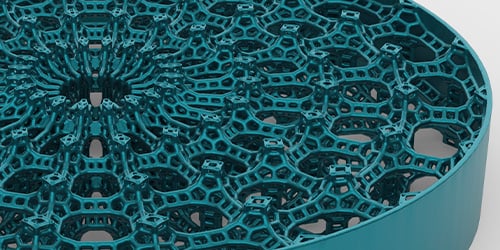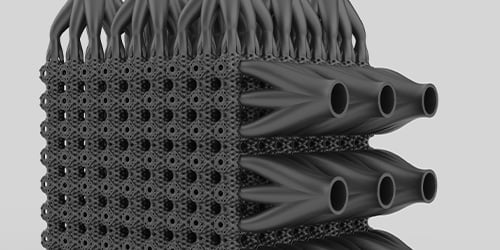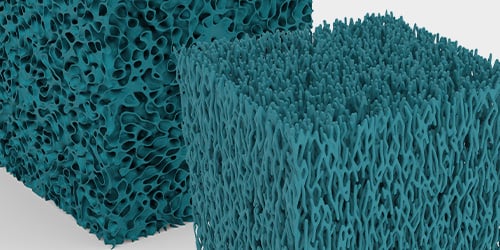Altair® Sulis™
Rapidly design complex parts for additive manufacturing (AM)
Sulis is a design for additive manufacturing (DfAM) solution that enables engineers to create complex lattice structures and fluid flow channels for use across a range of industries, including aerospace, automotive, medical, and industrial machinery. It’s a 3D printing design software tool that gives users unmatched customization tools and manufacturing checks.
With a custom geometry kernel for tubes and an implicit design kernel for latticing, the highly automated AM manufacturing design software features and easy drag-and-drop functionality provides a real-time DfAM approach, enabling fast geometry creation for additive manufacturing (AM).
Since Sulis is a CAD tool created specifically for AM, engineers can design parts that truly leverage the freedom of AM, unlocking the power of implicit geometry and reducing the risk of costly 3D printing failures.




